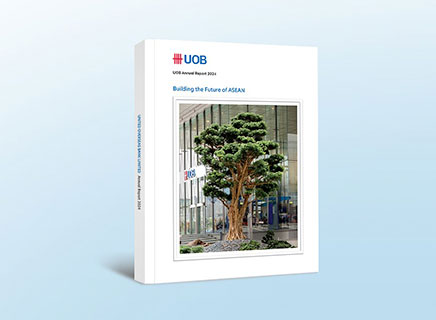HomeHow Can We Help
Accelerate your growth with UOB
Seize regional growth opportunities
Tap into our comprehensive ASEAN network and established Foreign Direct Investment advisory capabilities to expand in the region.
Digitalise your business
Manage your business processes more quickly and easily with our range of digital solutions.
Leverage the expertise of UOB's ecosystem
Scale your business quickly through our ecosystem.
Collaborate with us
Expand your use cases by working with us to design customer-centric solutions for different touchpoints and geographies.








